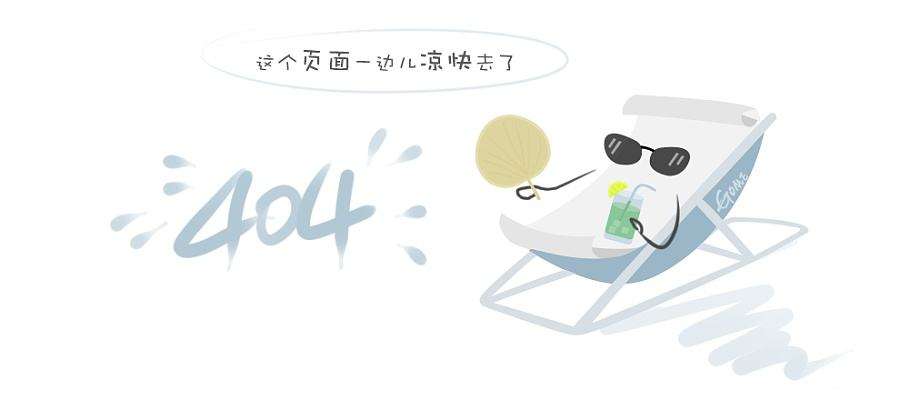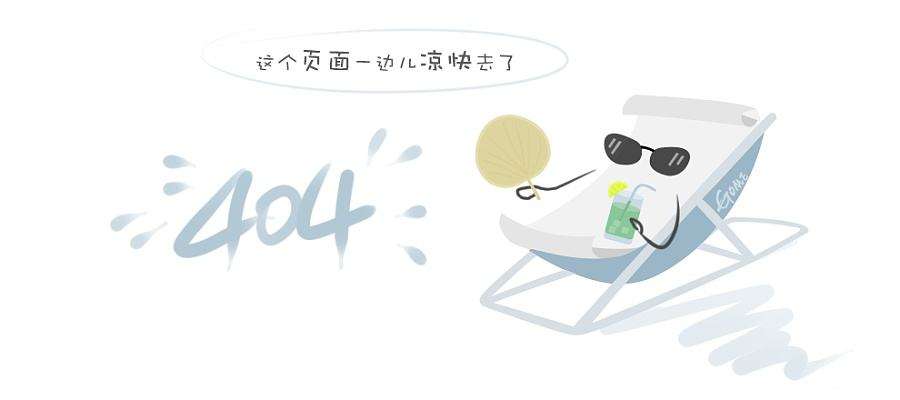city dream— urban planning museum solution | dicolor-凯发app
how-to|applications|tips
dec 26, 2023
what is the positioning of the urban planning museum display?
every urban planning museum has a theme, just as every city has its unique soul. this subject is the essence of urban development, and its fundamental purpose is to provide a clear guide for urban development.
old images from different eras, a ton of spray paint on walls, and tedious text descriptions used to be the traditional transmitters of urban themes. these components could only communicate a hazy understanding of urban planning. we currently require more intuitive modes of expression and more focused planned information. in the planning hall, lights, sand tables, and lcd screens are therefore frequently utilized.

one of the primary windows showing this indication at the moment is the led display. it is capable of looking forward to the future in addition to reviewing the past and presenting today. look at how the city has changed over time and space. the planning museum uses a lot of led displays to illustrate a more distinct urban ideal because typical display carriers are unable to fully meet its practical requirements.
what are the characteristics of the urban planning museum display?
the first is the unique structure. the urban planning museum is a small interior facility with a limited amount of open space. and, due to power supply, pipeline, fire protection, and other factors, each led screen must have a corresponding structure to produce the desired display effect. for example, a curved display requires a correct calculation of the site’s arc angle.

second, the urban planning museum display demands low brightness but a high gray tone. traditional led displays have a high brightness and are commonly utilized in bright areas. however, because the urban planning museum is located in a confined indoor low-light setting, the ideal brightness should not exceed 800nit. conventional displays will lose grayscale, skip frames, cross-level colors, uneven colors, and color casts at this brightness. we have specially produced low-brightness and high-gray products for the planning museum display in order to maintain a 14-level grayscale effect with a brightness of only 400nit.
finally, there’s the integrated display control center. the various scenarios that make up the urban planning museum must all be consolidated into a control center. in order to guarantee effective equipment maintenance, this calls for a highly integrated control system that can manage all display items, lighting, and audio equipment in the venue.
the urban planning museum’s display is the dream of urban fantasy, a work of art that blends the soul of the city. this work of art is changeable, delicate, and unique, and it symbolizes the spirit of 凯发app-凯发体育app artisans. we put countless efforts into each piece of art, whether it’s the display effect or the numerous structures integrated into the urban planning museum’s indoor setting; they’re all exactly by the spirit of urban growth.

scenario requirements of display for urban planning museum
every city has its unique cultural environment and geographical environment characteristics. when designing the urban planning museum, we must consider incorporating these elements.

the led display can be utilized not only as a simple flat display, but also as part of the planning hall’s architecture, such as floor, wall, ceiling, and other multi-dimensional displays. this evaluates the manufacturer’s products’ overall capabilities. our products include led floor installation, stacking, and led ceiling, etc. a range of products that are appropriate for different applications.
design principles of display in urban planning museum。
1. pixel density design
the distance between pixels on the screen that the human eye can distinguish usually is 0.1mm. since the distance below 0.1mm exceeds the resolution limit of the retina, it can’t be distinguished no matter how close it is, and is visually regarded as a whole. the corresponding pixel density at this time is about 300ppi.
the effective viewing distance of the led display in the urban planning museum is generally 2m-16m. in order to achieve the best visual effect, the dot spacing of the display needs to be selected based on the equivalent retinal distance. if the average display distance is 9 meters, we can choose an led display with a pitch of p3 to meet the display requirements in the planned museum. if the visual distance is 5 meters, we can choose p1.667 led display to meet the display requirements.
calculated as follows:
0.1/300=x/9000 (human eye resolution wiring/maximum resolution limit distance=led display spacing/average visual distance);
x=3; (an led display with an average visual distance of 9 meters can give the audience the most eye-catching visual effect with p3)
2. mute request
the planning museum is in a closed space and has very high requirements for noise control. traditional lcd and dlp splicing are equipped with cooling fans, which produce a buzzing sound while dissipating heat. the led display does not require a cooling fan for heat dissipation, and the power supply is equipped with a fanless silent power supply to ensure that the effective load of the power supply is less than 60%, thereby ensuring a quiet environment in the planning hall.
3. consistency of oversized splicing
compared with traditional lcd and dlp splicing, led display unit module splicing will not have a black border and can achieve oversized display splicing. to provide the greatest full-screen display effect, the led display can simultaneously guarantee uniform brightness and chromaticity among modules. the led display has viewing angles that can reach up to 120° on the left, right, and up and down, so it can completely fill the urban planning museum.
4. lightweight design
in indoor venues such as planning museum, space is quite limited. in order to utilize space more efficiently, the lightweight design of the display is particularly important. the led display can be installed against the wall, requiring only a thickness of 100mm, so the led display can be installed on any wall to meet the installation needs of different places in the planning museum.
5. system architecture
there will be multiple screens in the planning museum, so we have designed integrated control for the led display control center. multiple displays can be controlled simultaneously by a single computer. accurate and timely video screen information is displayed on the associated screen when the system’s integrated video processor is connected to each image input signal simultaneously.
other peripherals of urban planning museum
6.audio equipment
the audio setup must be chosen based on the led display and the indoor environment. the system design must meet the following requirements depending on the usage environment: the most acceptable decibels, high-fidelity transmission, the greatest clarity, uniform sound field distribution, consistent sound and image, and other technical requirements. to obtain the best result, the broadcast system department will perform the finest calculations for the led display and audio equipment.
7.lighting equipment
the lighting system’s design, configuration, and functionalities must match the theme requirements of the exhibition hall while also taking into account the system’s logic, scalability, forward-thinkingness, and good cost performance. most importantly, light can create an ambiance that is merged with the led display, making the themes exhibited in the planning hall more vivid.
what can we do to the planing museum project?
since the establishment of dicolor, we have created related product designs for a number of planning museums, the most notable of which are shandong weifang planning museum, ningxia guyuan planning museum, nanjing yuhua planning museum, etc. including ultra-long curved displays, ultra-high curved displays, u-shaped floor-to-ceiling screens, multi-system integrated control centers, product integration display systems with varying spacing, etc.
after seventeen years of ups and downs, we have excellent technological strength and a range of products, including dp series, af series, ma series, and ha series.our dedication lies in achieving the ideal fusion of visual art and display technology to craft an exceptional and imaginative setting fit for urban fantasies. come to describe a dream of the city with dicolor.